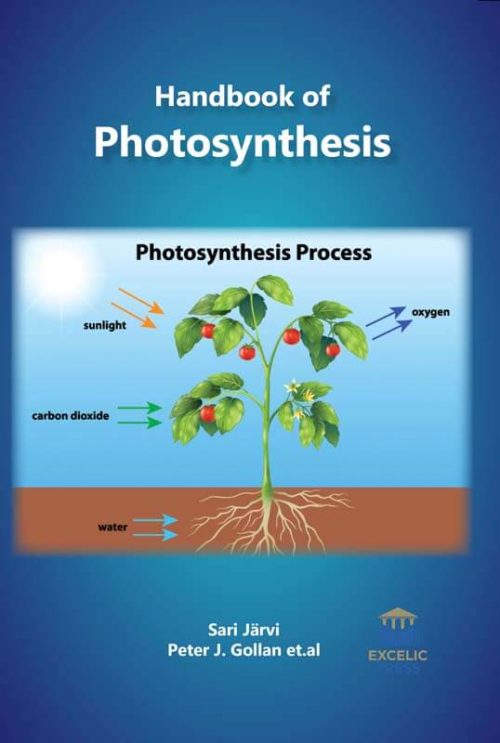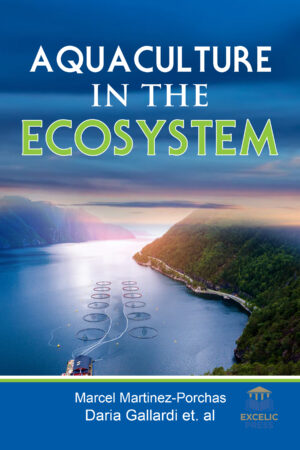Description
Plants are green on the grounds that they have chloroplast containing chlorophyll in their leaf. Chlorophyll is a vital shade completing the biochemical procedure called photosynthesis. The organism’s life in the world depends on the photosynthesis process, so it is considered as an essential process. Diverse types of biological molecules are created directly or indirectly from the photosynthesis products. Photosynthesis occurs not only in eukaryotic organisms such as green plants and green algae but also in prokaryotic organisms such as cyanobacteria and certain groups of bacteria. Chlorophylls help plants to create their own particular nourishment, consequently called autotrophs. Not just plant even some microbes do contain chlorophyll; such microscopic organisms are called as chemotrophs. Photosynthesis is a vibrant discipline of research in which many innovative developments have taken place in the past several years.
This book presents state of the art coverage of the present understanding of all aspects of the molecular processes of photosynthesis. The book starts with the concepts of the methodology of photosynthesis. It has been known for a long time that the thylakoid lumen provides the environment for oxygen evolution, plastocyanin-mediated electron transfer, and photoprotection. More recently lumenal proteins have been revealed to play roles in numerous processes, most often linked with regulating thylakoid biogenesis and the activity and turnover of photosynthetic protein complexes, especially the photosystem II and NAD(P)H dehydrogenase-like complexes. Furthermore, the involvement of anterograde and retrograde signaling networks that regulate the expression and activity of lumen proteins is increasingly pertinent. This book highlights the importance of thiol/disulfide modulation in controlling the functions of many lumenal proteins and photosynthetic regulation pathways. Here we review the current understanding of the functions of thylakoid lumen proteins in LET, CET, and PSII repair, and explore factors that regulate their expression, translocation, and activity. Therefore, this book sheds light on photosynthesis and carbon metabolism. In higher plants, leaves are the organs in which the photosynthesis process occurs.
Biologists concentrate on organ structure and their biochemical and physiological functions. A good example of organ function is plant leaves. This is followed by a concise description of the growth and photosynthesis under pulsed lighting, chloroplasts at the crossroad of photosynthesis, pathogen infection and plant defense, chloroplast vesicle transport. Finally, the book focuses on how can the light reactions of photosynthesis be improved in plants? Such improvements can be achieved by genetic engineering and, more indirectly, by conventional breeding, whereas synthetic biology should allow in the long-term the redesign or de novo creation of entire photosystems that are more efficient because they are less susceptible to photodamage and produce fewer harmful reactive oxygen species. Overall, the book should aid researchers in positioning new approaches in relation to the state-of-the-art. It may also be of interest to practitioners and educators seeking an overview of developments in this area.





